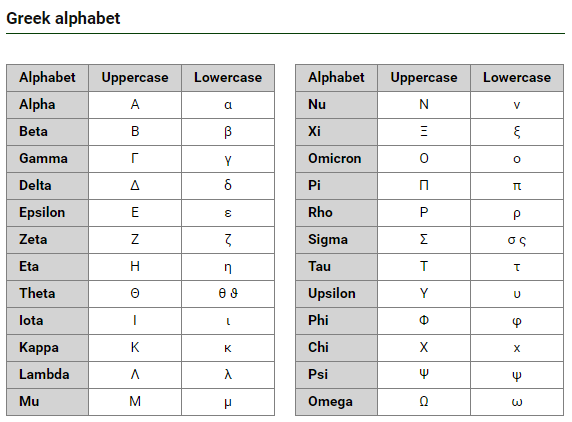

|
Letters on Serbian Medieval Coins.pdf Size : 196.794 Kb Type : pdf |

|
Serbian and Greek A Long History of Lexical Borrowing.pdf Size : 481.868 Kb Type : pdf |
Serbian medieval alphabet including Latin and Cyrillic letters appeared on various Serbian medieval coins over the period of some 250 years.
New alphabet was officially adopted in 1868, four years after Vuk Karadzic death. From the Old Slavic script he retained these 24 letters:
А аБ бВ вГ гД дЕ еЖ жЗ зИ иК кЛ лМ мН нО оП пР рС сТ тУ уФ фХ хЦ цЧ чШ ш
He added one Latin letter:
Ј ј
And 5 new ones:
Љ љЊ њЋ ћЂ ђЏ џ
He removed:
Ѥ ѥ (је) Ѣ, ѣ (јат) І ї (и) Ѵ ѵ (и) Оу оу (у) Ѡ ѡ (о) Ѧ ѧ (мали јус) Ѫ ѫ (велики јус) Ы ы (јери, тврдо и) Ю ю (ју) Ѿ ѿ (от) Ѳ ѳ (т) Ѕ ѕ (дз) Щ щ (шт) Ѯ ѯ (кс) Ѱ ѱ (пс) Ъ ъ (тврди полуглас) Ь ь (меки полуглас) Я я (ја).
Also Uk (Оу оу; italics: Оу оу) is a digraph of the early Cyrillic alphabet, although commonly considered and used as a single letter. It was a direct loan from the Greek alphabet, where the combination ⟨ου⟩ (omicron-upsilon) was also used to represent /u/. To save space, it was often written as a vertical ligature (Ꙋ ꙋ), called "monograph Uk". In modern times, ⟨оу⟩ has been replaced by the simple ⟨у⟩.
In writing and typography, a ligature occurs where two or more graphemes or letters are joined as a single glyph. An example is the character æ as used in English, in which the letters a and e are joined. The common ampersand (&) developed from a ligature in which the handwritten Latin letters e and t (spelling et, Latin for and) were combined.
The simplification of the digraph ⟨оу⟩ to ⟨у⟩ was first brought about in Old East Slavic texts and only later taken over into South Slavic languages.
One can see this development in the Novgorod birch-bark letters: The degree to which this letter was used here differed in two positions: in word-initial position or before a vowel (except for the jers), and after a consonant.
Before a consonant, ⟨оу⟩ was used 89% of the time in the writings before 1100. By 1200, it was used 61% of the time, with the letter ⟨у⟩ used 14% of the time; by 1300, оу had reached 28%, surpassed by ⟨у⟩ at 45%. From the late 14th century on, there are no more instances of ⟨оу⟩ being used in this position, with ⟨у⟩ appearing 95% of the time.
The decrease in usage was more gradual after a consonant. Although there are no instances of the use of ⟨у⟩ in this position before c. 1200, ⟨оу⟩ gradually decreased from 88% before 1100 to 57% by 1200. The frequency of ⟨оу⟩ remained steady between 47% and 44% until 1400, when it experienced another decrease to 32%. Meanwhile, the use of ⟨у⟩ increased from 4% in the early 13th century, to 20% by the mid-13th century, 38% by the mid 14th century, and 58% by the early 15th century.
Please find more information at https://en.wikipedia.org/wiki/Cyrillic_script
Old Slavic language or medieval Serbian language most likely originates from Greek. Please compare with Greek alphabet:


|
Letters on Serbian Medieval Coins.pdf Size : 196.794 Kb Type : pdf |

|
Serbian and Greek A Long History of Lexical Borrowing.pdf Size : 481.868 Kb Type : pdf |
Copyright © 2020